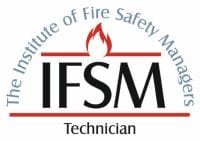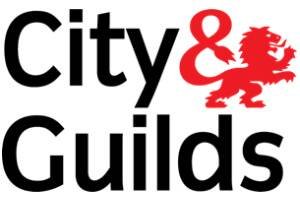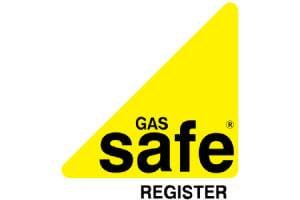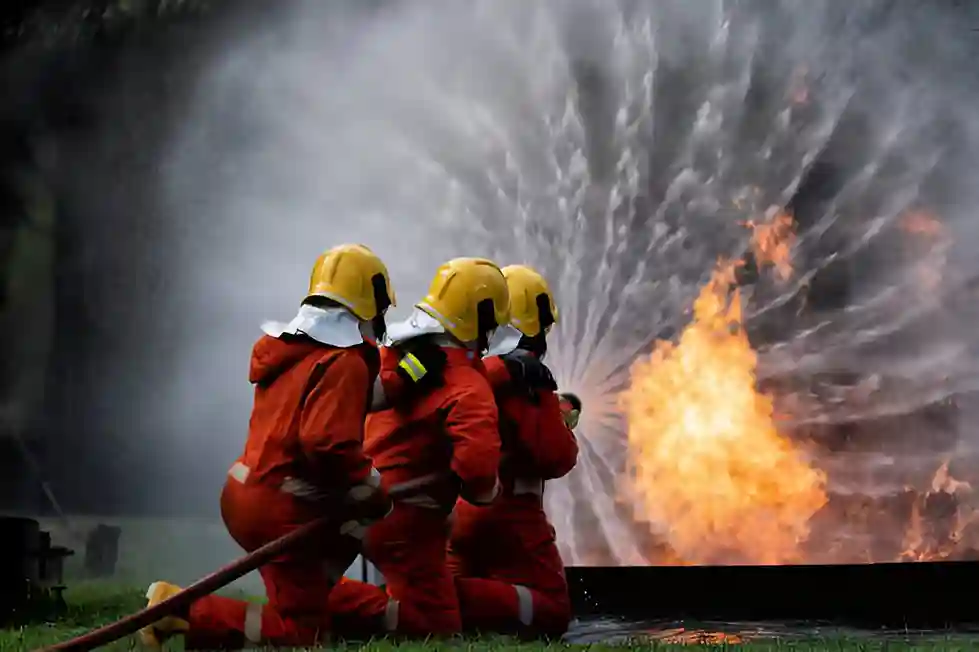
Fire risk assessment for flats plays a crucial role in safeguarding residents and property. These assessments identify hazards, assess risks, and outline necessary preventive measures. Understanding the intricacies of these evaluations is essential for landlords and occupants alike. With legal obligations and safety regulations at stake, the implications of neglecting this process can be significant. What are the specific responsibilities and benefits associated with fire risk assessments in flats? The answers may surprise you.
Key Takeaways
- Fire risk assessments are crucial for ensuring the safety of residents and compliance with legal obligations, including The Regulatory Reform (Fire Safety) Order 2005.
- The assessment process involves identifying potential hazards, evaluating risks, and implementing mitigation strategies like alarms and evacuation plans.
- Property owners or managing agents are responsible for conducting assessments, with a focus on collaboration among all stakeholders for enhanced safety.
- Common areas should be evaluated for accessibility, functionality of fire safety equipment, and flammability of materials to ensure effective evacuation routes.
- Regular and thorough assessments can prevent costly mistakes, improve safety, and may lead to lower insurance premiums.
Why is Fire Risk Assessment for flats essential
Fire risk assessment for flats is critically important in safeguarding residents and property. They serve as a proactive measure to identify potential hazards, evaluate risks, and implement strategies to prevent fire incidents.
In a shared living environment, the consequences of a fire can extend beyond individual units, affecting the entire building and its occupants. These assessments empower residents by ensuring that safety protocols are in place, fostering a sense of community responsibility.
Moreover, regular fire risk assessments comply with legal obligations, promoting accountability among landlords and property managers. They contribute to the overall well-being of tenants, offering peace of mind that measures are in place to protect their freedom and security.
Ultimately, understanding the significance of fire risk assessments in flats reinforces the notion that safety and liberty go hand in hand, allowing residents to fully enjoy their living spaces without fear of danger.
What Is a Fire Risk Assessment for Flats?
A fire risk assessment for flats is a systematic examination designed to identify fire hazards, evaluate the risks associated with those hazards, and propose measures to mitigate potential dangers.
It serves as an essential tool for ensuring safety in multi-occupancy buildings, where the consequences of a fire can be severe.
Key components of a fire risk assessment include:
- Identification of potential fire hazards: This involves recognising sources of ignition, fuel, and oxygen that may contribute to a fire.
- Risk evaluation: Evaluating the likelihood of a fire occurring and the potential impact on residents and property.
- Mitigation strategies: Implementing measures such as fire alarms, evacuation plans, and regular maintenance to reduce risks.
In essence, a fire risk assessment empowers residents to understand and manage fire safety, fostering a sense of security and freedom within their living spaces.
Who Is Responsible for Fire Risk Assessments in Flats?
Responsibility for conducting fire risk assessment for flats typically falls on the property owner or the managing agent of the building. These individuals are tasked with ensuring that the property complies with safety standards and provides a secure living environment for residents.
They must determine possible risks, evaluate the risks, and implement control measures to mitigate them.
In shared living spaces, the collective responsibility can also extend to leaseholders and tenants, especially if they are involved in the management of communal areas.
Collaboration among all parties is essential to develop safety and awareness.
While property owners and managing agents are primarily in this duty, residents should remain vigilant and proactive, reporting any concerns related to fire safety.
This shared commitment enhances the safety and well-being of everyone in the building, allowing for a more liberated living experience.
Legal Requirements for Fire Risk Assessment in Flats
While ensuring safety in residential buildings, legal requirements for fire risk assessment for flats are outlined by various regulations and guidelines that property owners must follow.
These legal frameworks aim to protect residents and minimise hazards. Compliance is essential for creating a secure living environment.
Key legal requirements include:
- The Regulatory Reform (Fire Safety) Order 2005: This mandates that responsible persons conduct regular fire risk assessments to identify and mitigate potential fire risks.
- The Housing Act 2004: This emphasises the need for safe living conditions, indirectly tied to fire safety practices.
- Building Regulations: These stipulate fire safety measures in the design and construction of flats, ensuring that safety features are integrated from the outset.
Understanding these legal requirements empowers property owners to take proactive measures, contributing to a culture of safety and freedom within their communities.

What Does a Fire Risk Assessment in Flats Cover?
Fire risk assessment for flats encompasses a thorough evaluation of potential hazards and safety measures to protect residents. These assessments typically include identifying fire hazards, such as electrical faults, flammable materials, and inadequate escape routes.
They also assess the effectiveness of existing fire safety measures, including alarms, extinguishers, and emergency lighting. Additionally, the assessment evaluates the building’s layout, guaranteeing that exits are well-marked and easily accessible.
It examines the condition of communal areas, including stairwells and corridors, which play a critical role in evacuation. The presence of fire doors and their maintenance is also scrutinised to verify they function correctly.
Furthermore, the assessment considers the specific needs of vulnerable residents, highlighting the importance of tailored fire safety strategies. By addressing these elements, fire risk assessments promote a safer living environment, empowering residents with the knowledge to act in emergencies.
Fire Risk Assessment for Flats – Why Every Building Needs One
To guarantee the safety of residents and property, conducting a fire risk assessment for flats is essential for every building. This proactive measure not only identifies potential hazards but also helps create a secure environment where individuals can thrive without fear.
By prioritising fire safety, building owners demonstrate a commitment to the well-being of their tenants.
Key reasons for conducting a fire risk assessment include:
- Identifying Hazards: Recognising potential fire risks such as faulty wiring or flammable materials.
- Ensuring Compliance: Meeting legal obligations and regulations related to fire safety standards.
- Enhancing Emergency Preparedness: Developing effective evacuation plans and safety protocols that empower residents during emergencies.
In this way, a thorough fire risk assessment is not just a legal requirement but a fundamental aspect of fostering a community where residents can enjoy their freedom without compromising their safety.
H2: Common Mistakes in Fire Risk Assessment for Flats and How to Avoid Them
Conducting a fire risk assessment for flats can be hindered by several common mistakes that compromise safety. One prevalent error is overlooking the unique layout and occupancy of the building. Each flat’s configuration can impact fire spread and escape routes, and failing to regard these factors can lead to inadequate safety measures.
Another mistake is neglecting to consult current fire safety legislation and guidelines, which can result in non-compliance and increased risk. Additionally, assessments may be rushed or superficial, missing critical details such as the condition of fire doors and alarms.
Engaging the wrong personnel, lacking experience or expertise, can also skew findings. To avoid these pitfalls, assessors should take a methodical approach, ensuring thorough evaluations that reflect each flat’s individuality. Regular training and updates on regulations can further enhance the effectiveness of fire risk assessments, fostering a truly safe living environment for all residents.
Fire Risk Assessment for Flats in Purpose-Built Blocks vs. Converted Buildings
Evaluating fire risk in flats necessitates a nuanced understanding of the building’s design, particularly when comparing purpose-built blocks to converted buildings. Each type presents unique challenges and considerations in fire safety.
Purpose-built blocks typically adhere to modern building regulations, benefiting from:
- Integrated fire safety measures: Features like sprinkler systems and fire-resistant materials.
- Clear escape routes: Designed with egress in mind, facilitating safer evacuations.
- Consistent compartmentalisation: Reducing the spread of fire between units.
Conversely, converted buildings may pose increased risks due to:
- Inconsistent structural integrity: Original layouts may not support modern fire safety requirements.
- Limited fire separation: Units might lack adequate barriers, increasing potential hazards.
- Outdated electrical and heating systems: Older installations could become fire risks.
Understanding these differences is crucial for effective fire risk assessment, ensuring safety in diverse living environments.
Who Can Carry Out a Fire Risk Assessment for Flats?
Who is qualified to carry out a fire risk assessment for flats? Typically, a competent individual or organisation with relevant qualifications and experience is required. This can include fire safety engineers, certified fire risk assessors, or professionals with a background in fire safety management.
They should possess an understanding of fire safety legislation, building regulations, and the specific risks associated with flats. Additionally, individuals conducting these assessments must have the ability to identify hazards, evaluate risk levels, and recommend appropriate measures to mitigate those risks.
A thorough assessment should consider factors such as building layout, occupancy, and fire safety equipment. These professionals must stay updated on current fire safety practices and regulations to guarantee a thorough evaluation.
Ultimately, choosing a qualified assessor empowers flat residents, fostering a safer living environment and enhancing their sense of freedom and security.
The Role of Common Areas in a Fire Risk Assessment for Flats
Common areas play an essential role in the fire risk assessment for flats, as they serve as shared spaces that can considerably impact evacuation routes and overall safety.
These areas, including hallways, stairwells, and communal lounges, must be assessed meticulously to guarantee they do not become hazards during a fire emergency.
Key factors to take into account include:
- Accessibility: Ensuring that all exits are unobstructed and easily reachable during an evacuation.
- Fire Safety Equipment: Availability and functionality of fire extinguishers, alarms, and signage in common spaces.
- Material Safety: Evaluating the flammability of materials used in furnishings and decorations within these shared areas.
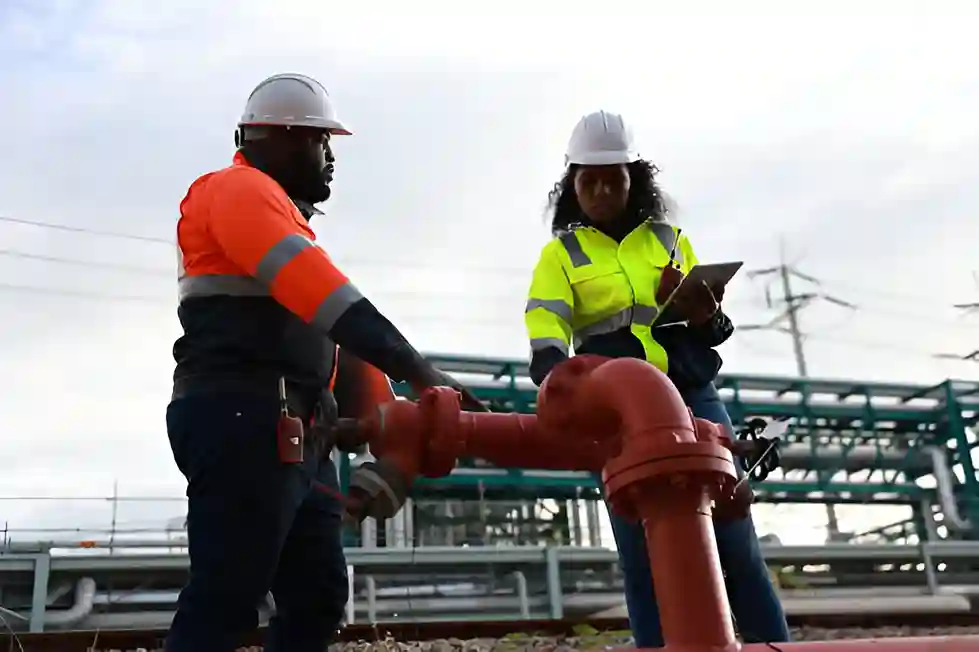
How Fire Risk Assessment for Flats Helps Ensure Compliance with UK Law
Although fire risk assessment for flats is critical for guaranteeing tenant safety, it also plays an essential role in meeting legal obligations under UK law. These assessments guarantee that property owners comply with the Regulatory Reform (Fire Safety) Order 2005, which mandates regular evaluations of fire risks. Failure to conduct assessments can lead to legal repercussions, including fines and increased liability.
| Legal Requirement | Purpose | Consequence of Non-Compliance |
|---|---|---|
| Fire Safety Order 2005 | Protect tenant safety | Fines and legal action |
| Health and Safety Act 1974 | Guarantee safe living conditions | Potential prosecution |
| Housing Act 2004 | Maintain safe premises | Loss of rental license |
| Building Regulations | Compliance with safety codes | Rework costs and delays |
| Leasehold Reform Act | Protect tenant rights | Legal disputes |
Guaranteeing compliance through fire risk assessments fosters a safer living environment for all residents.
Fire Risk Assessment for Flats – Costs, Process, and Benefits Explained
Understanding the costs, process, and benefits of fire risk assessment for flats is essential for property owners and managers aiming to enhance safety and compliance.
The investment in a fire risk assessment can vary, generally ranging from a few hundred to several thousand pounds, depending on the size and complexity of the property.
The process typically involves the following steps:
- Identification of potential fire hazards: Evaluating the building layout, materials, and occupancy patterns.
- Evaluation of existing fire safety measures: Reviewing alarms, extinguishers, and escape routes for effectiveness.
- Documentation and action plan: Creating a report with recommendations and prioritising actions for improvement.
The benefits of conducting a fire risk assessment include increased safety for residents, legal compliance, and potentially lower insurance premiums, fostering peace of mind for all involved.
Frequently asked questions.
Conclusion
To summarise, fire risk assessment for flats is essential for safeguarding residents and property, ensuring compliance with legal standards, and promoting a culture of safety within communities. By identifying hazards and implementing effective mitigation strategies, landlords can minimise risks and enhance living conditions. Regular assessments not only fulfil legal obligations but also contribute to lower insurance premiums, underscoring the importance of prioritising fire safety in residential settings. Ultimately, a proactive approach to fire risk can greatly benefit all stakeholders involved.
| Legal Requirement | Purpose | Consequence of Non-Compliance |
|---|---|---|
| Fire Safety Order 2005 | Protect tenant safety | Fines and legal action |
| Health and Safety Act 1974 | Guarantee safe living conditions | Potential prosecution |
| Housing Act 2004 | Maintain safe premises | Loss of rental license |
| Building Regulations | Compliance with safety codes | Rework costs and delays |
| Leasehold Reform Act | Protect tenant rights | Column 3 Value 5 |



